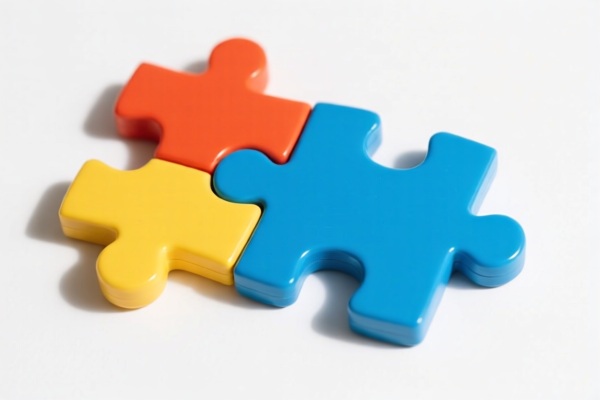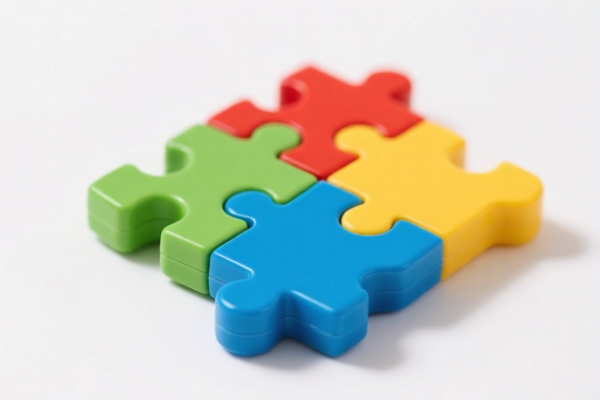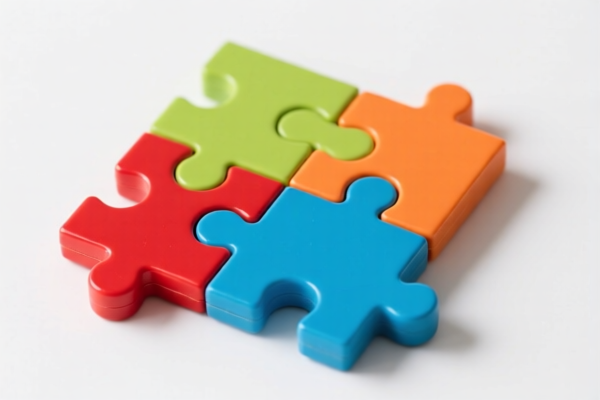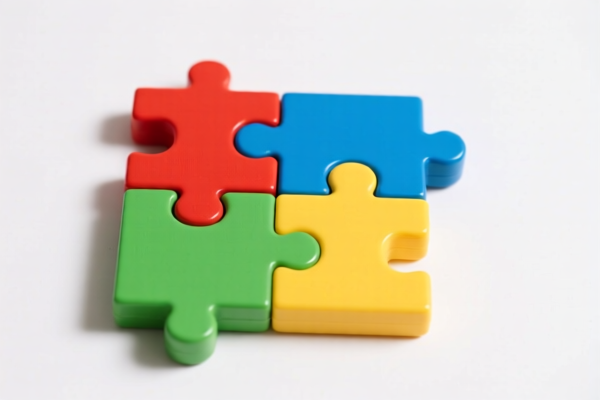| HS Code | Official Doc | Tariff Rate | Origin | Destination | Effective Date |
|---|---|---|---|---|---|
| 9503000071 | Doc | 30.0% | CN | US | 2025-05-12 |
| 9503000073 | Doc | 30.0% | CN | US | 2025-05-12 |




PUZZLETOY
PUZZLETOY is a broad category encompassing toys designed to challenge the mind. These toys typically require problem-solving skills, logical thinking, and spatial reasoning to complete.
Material:
Puzzle toys are constructed from a diverse range of materials, selected based on the complexity, durability, and target age group. Common materials include:
- Plastic: Frequently used for mass-produced puzzles, offering affordability and versatility in shape and color. ABS plastic is common due to its impact resistance.
- Wood: Often found in classic puzzles like tangrams, jigsaw puzzles, and mechanical puzzles. Provides a tactile experience and aesthetic appeal.
- Metal: Utilized in more complex mechanical puzzles, offering durability and precision. Stainless steel and brass are common choices.
- Cardboard/Paper: Common for jigsaw puzzles, 3D paper puzzles, and some logic puzzles. Offers affordability and recyclability.
- Rubber/Silicone: Used in some tactile puzzles or puzzles involving manipulation of flexible materials.
Purpose:
The primary purpose of puzzle toys is to provide mental stimulation and entertainment. They serve multiple developmental and recreational functions:
- Cognitive Development: Enhance problem-solving skills, critical thinking, spatial reasoning, and memory.
- Hand-Eye Coordination: Many puzzles require precise manipulation of components, improving dexterity and coordination.
- Patience and Perseverance: Solving puzzles often requires sustained effort and a willingness to try different approaches.
- Relaxation and Stress Relief: The focused concentration required can be a calming and meditative activity.
- Entertainment: Provide a challenging and engaging form of play for individuals of all ages.
Function:
Puzzle toys function by presenting a problem or challenge that requires a specific solution. This solution is achieved through:
- Manipulation: Physically rearranging components (e.g., jigsaw pieces, cubes, interlocking parts).
- Logic and Deduction: Applying reasoning skills to identify patterns and relationships.
- Spatial Visualization: Mentally rotating and manipulating shapes to find the correct configuration.
- Trial and Error: Experimenting with different approaches until a solution is found.
Usage Scenarios:
Puzzle toys are suitable for a wide range of settings and age groups:
- Individual Play: Many puzzles are designed for solo enjoyment, providing a personal challenge.
- Family Activities: Puzzles can be a collaborative activity, promoting teamwork and communication.
- Educational Settings: Used in classrooms to reinforce cognitive skills and problem-solving abilities.
- Therapeutic Applications: Can be used in occupational therapy to improve dexterity, coordination, and cognitive function.
- Leisure and Relaxation: Enjoyed as a hobby or pastime for stress relief and mental stimulation.
Common Types:
- Jigsaw Puzzles: Pieces of varying shapes that form a complete image. Vary in piece count and complexity.
- Rubik's Cube: A 3D combination puzzle that requires rotating layers to restore a scrambled state.
- Tangrams: A dissection puzzle consisting of seven flat shapes that can be arranged to form various figures.
- Mechanical Puzzles: Puzzles involving interlocking parts or hidden mechanisms, requiring manipulation to solve. (e.g., Hanayama Cast Puzzles, Soma Cubes)
- Logic Puzzles: Puzzles based on deduction and reasoning, often presented in grid or diagram format. (e.g., Sudoku, Kakuro)
- Sliding Puzzles: Puzzles involving sliding tiles within a frame to achieve a specific arrangement.
- Brain Teasers: A broad category of puzzles that require lateral thinking and problem-solving skills.
- 3D Puzzles: Puzzles involving assembling three-dimensional structures from individual components.
- Maze Puzzles: Puzzles involving navigating a path through a labyrinth.
The declared goods, “PUZZLETOY”, fall under the category of toys, specifically puzzles. Based on the provided information, the following HS codes are applicable:
- 9503000071: This HS code covers Tricycles, scooters, pedal cars and similar wheeled toys; dollsʼ carriages; dolls, other toys; reduced-scale (“scaleˮ) models and similar recreational models, working or not; puzzles of all kinds; parts and accessories thereof. It specifically applies to “Childrenʼs productsˮ as defined in 15 U.S.C. § 2052, and is for products labeled or determined by the importer as intended for use by persons under 3 years of age. The tax rate details are: Base tariff: 0.0%, Additional tariff: 0.0%, Additional tariff after 2025.4.2: 30.0%. The total tariff rate is 30.0%.
- 9503000073: This HS code also covers Tricycles, scooters, pedal cars and similar wheeled toys; dollsʼ carriages; dolls, other toys; reduced-scale (“scaleˮ) models and similar recreational models, working or not; puzzles of all kinds; parts and accessories thereof. It applies to “Childrenʼs productsˮ as defined in 15 U.S.C. § 2052, but is for products labeled or determined by the importer as intended for use by persons 3 to 12 years of age. The tax rate details are: Base tariff: 0.0%, Additional tariff: 0.0%, Additional tariff after 2025.4.2: 30.0%. The total tariff rate is 30.0%.
HS Code Breakdown:
- 9503: This chapter covers Toys, games and sports requisites; gymnastic or athletic articles.
- 950300: This heading specifically covers Tricycles, scooters, pedal cars and similar wheeled toys; dollsʼ carriages; dolls, other toys; reduced-scale (“scaleˮ) models and similar recreational models, working or not; puzzles of all kinds; parts and accessories thereof.
- 9503000071/9503000073: These subheadings further classify the toys based on the intended age group of the user, as defined by the importer, and are considered “Children’s products” as defined in 15 U.S.C. § 2052.
Important Note:
The applicable tariff rate for both HS codes is currently 0.0%, but will increase to 30.0% after April 2, 2025. It is crucial to correctly determine the intended age group of the puzzle to ensure accurate tariff classification.
Customer Reviews
The page had good info on HS codes, but I wish there were more examples of how to determine the correct age group for classification. Still, it was helpful overall.
I was looking for HS code details for plastic puzzles, and this page had exactly what I needed. The material breakdown made it easier to understand the classification.
The information on the 30% tariff rate after April 2025 was really useful. I was able to adjust my shipping plans accordingly.
Great resource for finding the correct HS code for puzzle toys. The breakdown of 9503000071 and 9503000073 was clear and helpful for exporting to the US.